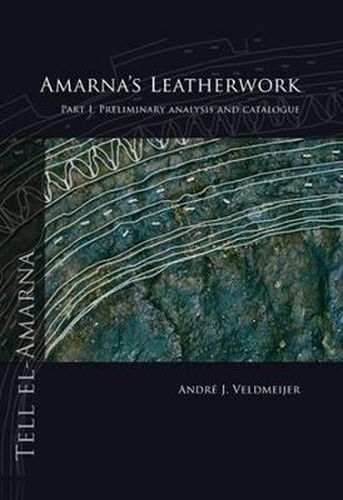Readings Newsletter
Become a Readings Member to make your shopping experience even easier.
Sign in or sign up for free!
You’re not far away from qualifying for FREE standard shipping within Australia
You’ve qualified for FREE standard shipping within Australia
The cart is loading…






The ancient Egyptian city of Tell el-Amarna (or Amarna, ancient Akhetaten) was the short-lived capital built by the controversial Pharaoh Akhenaten, probably the father of the famous Tutankhamun, and abandoned shortly after his death (c. 1336 BCE). It is one of the few Pharaonic cities to have been thoroughly excavated and is a rich source of information about the daily life of the ancient Egyptians. This volume, the first of two, presents the leatherwork excavated at the site by these various expeditions. The book consists of two parts: the catalogue and the preliminary analysis. The former presents the detailed description of the objects (among which chariot leather and footwear), accompanied by colour photographs and, where necessary, line- and construction drawings. The latter includes an explanation of the Amarna Leatherwork Project as well as preliminary interpretations of the finds.
$9.00 standard shipping within Australia
FREE standard shipping within Australia for orders over $100.00
Express & International shipping calculated at checkout
The ancient Egyptian city of Tell el-Amarna (or Amarna, ancient Akhetaten) was the short-lived capital built by the controversial Pharaoh Akhenaten, probably the father of the famous Tutankhamun, and abandoned shortly after his death (c. 1336 BCE). It is one of the few Pharaonic cities to have been thoroughly excavated and is a rich source of information about the daily life of the ancient Egyptians. This volume, the first of two, presents the leatherwork excavated at the site by these various expeditions. The book consists of two parts: the catalogue and the preliminary analysis. The former presents the detailed description of the objects (among which chariot leather and footwear), accompanied by colour photographs and, where necessary, line- and construction drawings. The latter includes an explanation of the Amarna Leatherwork Project as well as preliminary interpretations of the finds.